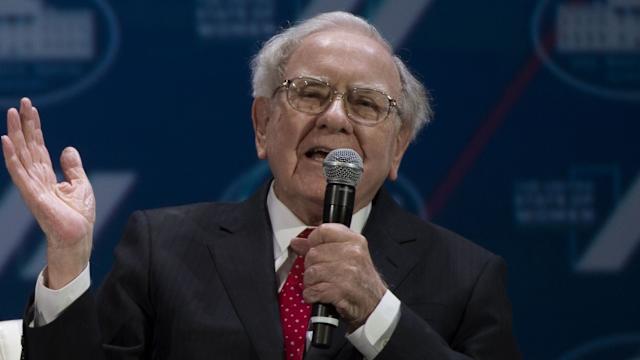
Millionaires Are Buying This Asset While Everyone Sleeps
Capital Personal – While retail investors obsess over stocks and crypto headlines, a quiet shift is happening in the portfolios of the wealthy. The smart money is moving silently, without the fanfare of social media hype or trending news stories. Yet behind the scenes, millionaires buying this asset in increasing volume could signal a major transformation in the investment landscape.
This isn’t about Bitcoin or tech IPOs. It’s not about flipping houses or buying into the latest index fund. The asset in question is both ancient and cutting-edge. It’s tangible, yet increasingly digitized. And most importantly, it’s flying under the radar of the general public.
So what is it?
Yes, you read that right. The overlooked yet powerful asset that millionaires are quietly acquiring is farmland.
While farmland may sound old-fashioned, it has become one of the most stable, inflation-resistant, and income-generating investments available today. From Silicon Valley executives to hedge fund titans, wealthy individuals and family offices are buying agricultural land at record rates often through private investment vehicles or land management funds that operate in stealth mode.
In fact, according to recent data from the USDA and private equity research, ownership of U.S. farmland by institutional and high-net-worth individuals has more than doubled over the past decade. The reason is simple: it delivers where traditional assets struggle.
Read More: Google Quietly Launched This Game-Changing Tool—Why No One Is Talking About It?
So why are millionaires buying this asset while everyone else is focused on crypto volatility or tech stocks?
First, farmland is a real, productive asset. It generates income through leasing, crop sales, and government subsidies. Unlike rental properties, it doesn’t face the same tenant risks or urban market crashes.
Second, it’s historically resistant to inflation. As the price of food rises, so does the value of the land that produces it. That makes farmland a natural hedge against the economic uncertainty gripping global markets.
Third, farmland has shown remarkable stability during recessions. While the stock market plunged in 2008 and again during COVID-19, farmland remained relatively steady, even appreciating in many regions.
And let’s not forget about scarcity. Arable land is finite. Urban expansion, climate change, and industrial development are shrinking the amount of farmland available globally. That scarcity drives long-term demand and price growth.
Most people don’t have the resources to buy a 200-acre cornfield in Iowa. That’s why millionaires are turning to specialized platforms and funds that offer fractional ownership or private syndications in agricultural assets.
Firms like AcreTrader, FarmTogether, and even some REITs (Real Estate Investment Trusts) now provide access to professionally managed farmland portfolios. Some of these vehicles require as little as $10,000 to get started — though many are restricted to accredited investors.
Others are forming private cooperatives, buying land collectively, and leasing it back to professional farmers. This arrangement creates passive income with minimal operational risk.
And in some cases, farmland investment is being tokenized, allowing ownership via blockchain platforms. While still a niche approach, it reflects a growing desire to modernize how this traditional asset class is accessed.
The average investor is still chasing high-risk trends like meme stocks or hyper-volatile digital coins. But by doing so, they’re ignoring the quiet consistency that millionaires buying this asset are capitalizing on.
Many young investors have never even considered farmland. But that’s exactly why it’s so valuable to high-net-worth individuals who prioritize long-term wealth preservation over short-term speculation.
And because this asset is not yet saturated by mainstream investing, it offers a rare window of opportunity.
Before jumping in, it’s important to understand that farmland, like all investments, carries risks. Location, crop yield, water rights, and management practices all affect performance. It’s also less liquid than traditional assets meaning you can’t sell on a whim.
However, if you’re looking for a diversified, stable, and inflation-protected investment, farmland is worth exploring. Some platforms now offer investor education, transparent performance data, and even ESG (Environmental, Social, and Governance) scoring for sustainable agriculture practices.
And with the rise of fractional ownership, it’s more accessible than ever.
The fact that millionaires are buying this asset in silence should not be ignored. It tells us where money is flowing quietly not where it’s being shouted about online.
The ultra-wealthy tend to move early, quietly, and with data behind their decisions. When they begin accumulating an asset, it’s often a sign of where future value is likely to rise.
If farmland continues its current trajectory, we may see a wave of retail investors trying to enter the space later, when prices are higher and access is more limited.
The question is will you wait until it’s trending, or act while it’s still quiet?